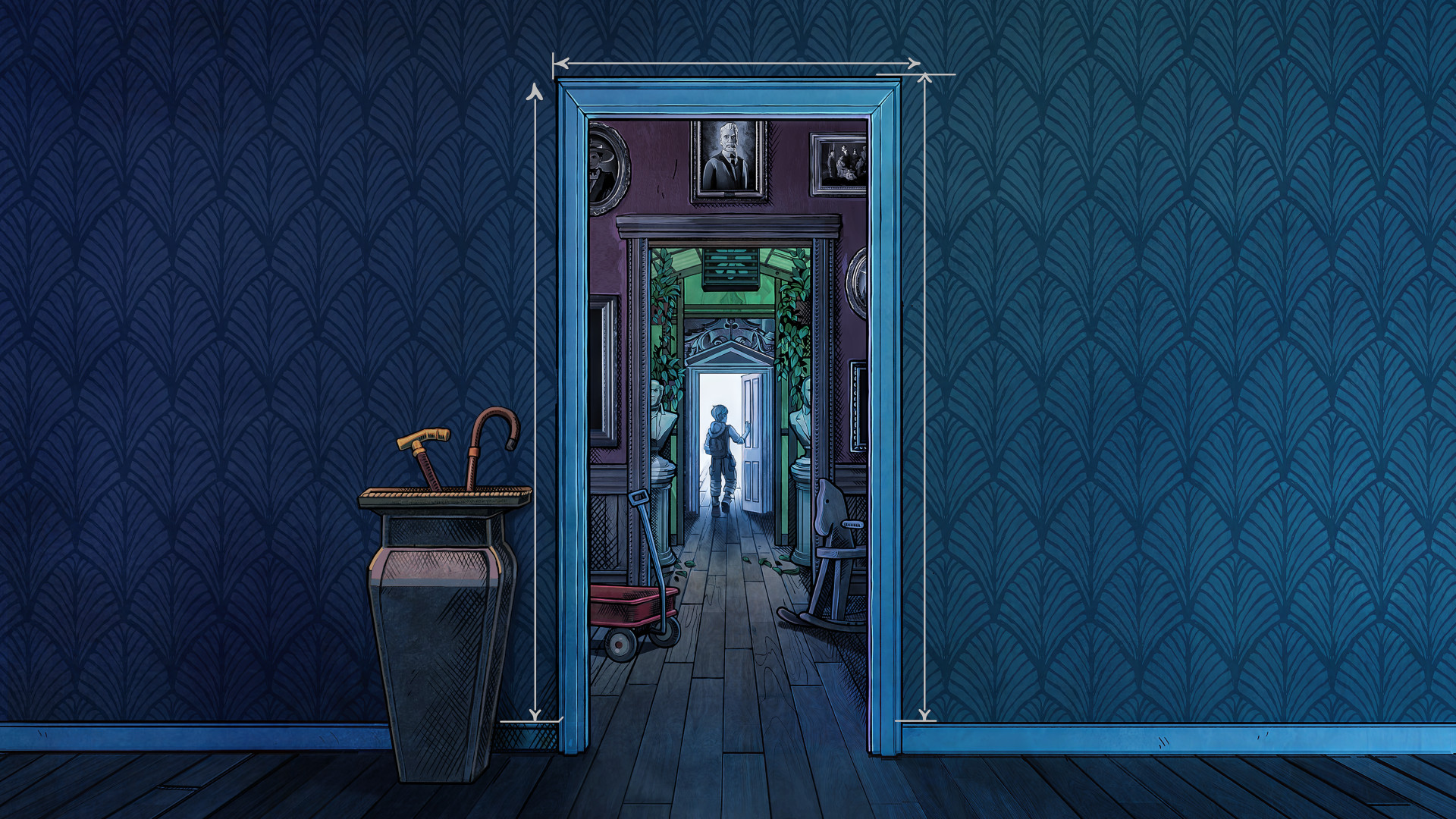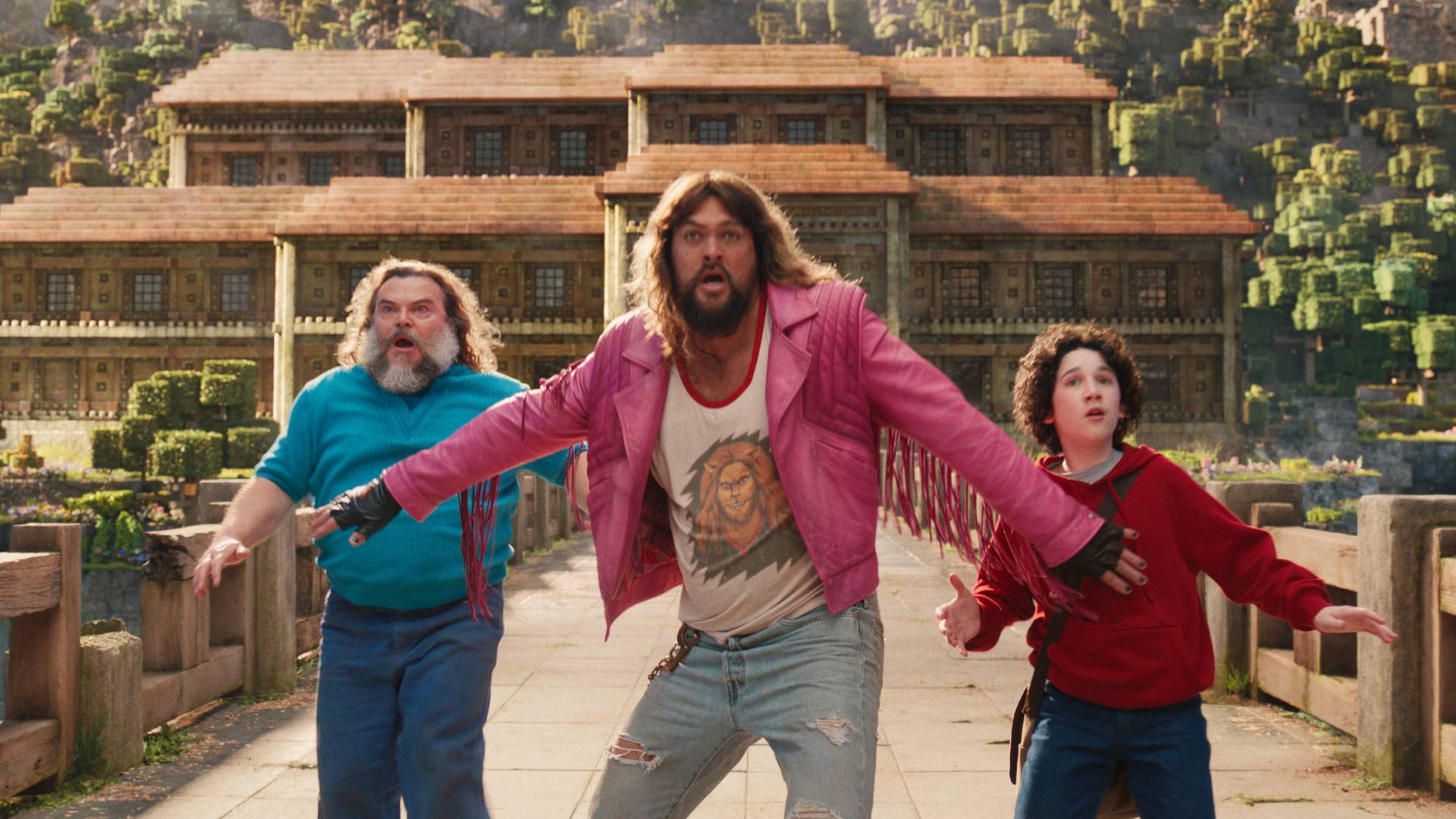20 years on, Monster Hunter Wilds' devs reflect on the series' co-op journey: "The world caught up with our vision"
Interview | Monster Hunter Wilds' director Yuya Tokuda and producer Ryozo Tsujimoto reflect on the series' early adoption of console co-op, and embracing PC and crossplay
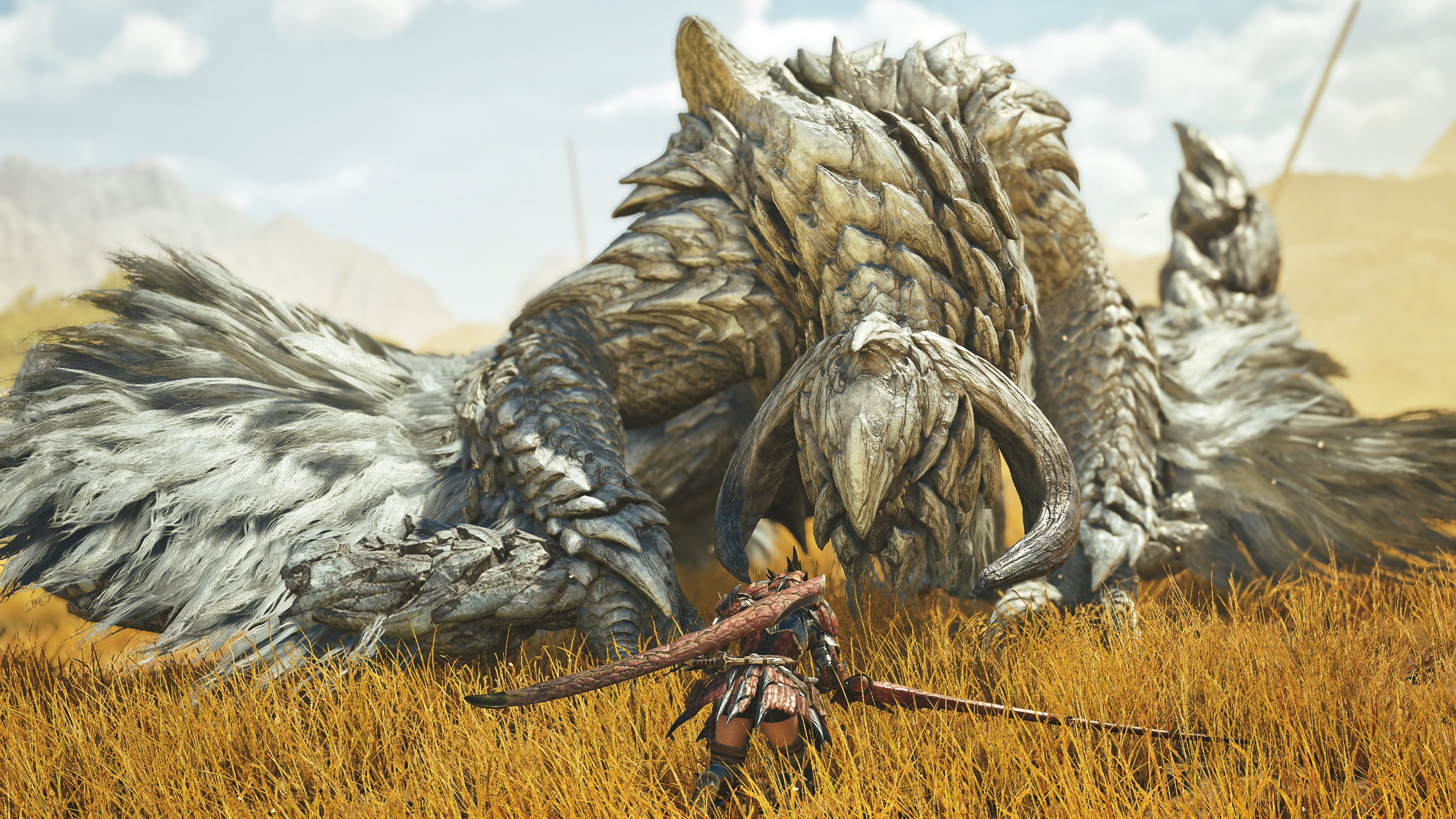
Thanks to the ability for multiplayer crossplay regardless of platform for Monster Hunter Wilds, and a commitment to a day-and-date global release on PC as well as console (believe it or not, Monster Hunter World took over half a year to reach computers), Capcom is making a clear statement: no matter what, everyone can play together. Massive beastie boss fights are one star of the series' show, but another has always been its sense of community, joining the fight together in co-op to help each other out.
Ever since the very first Monster Hunter on PS2, joining forces has always been one of the series' most defining features. "It was a very early online game," says director Yuya Tokuda. But, PS2 internet requiring jumping through a lot of hoops to utilize, it was the series' handheld games that really made Monster Hunter the phenomena it is today. For many, it's these portable titles, getting together with friends, that got them into the series in the first place. "The subsequent PSP games kind of introduced in person local LAN, as it were – WLAN play – as a new feature, that was maybe more suitable for portable play. So whenever we kind of went online after that, we were kind of getting back to the series roots if anything," Tokuda continues.
Got no strings
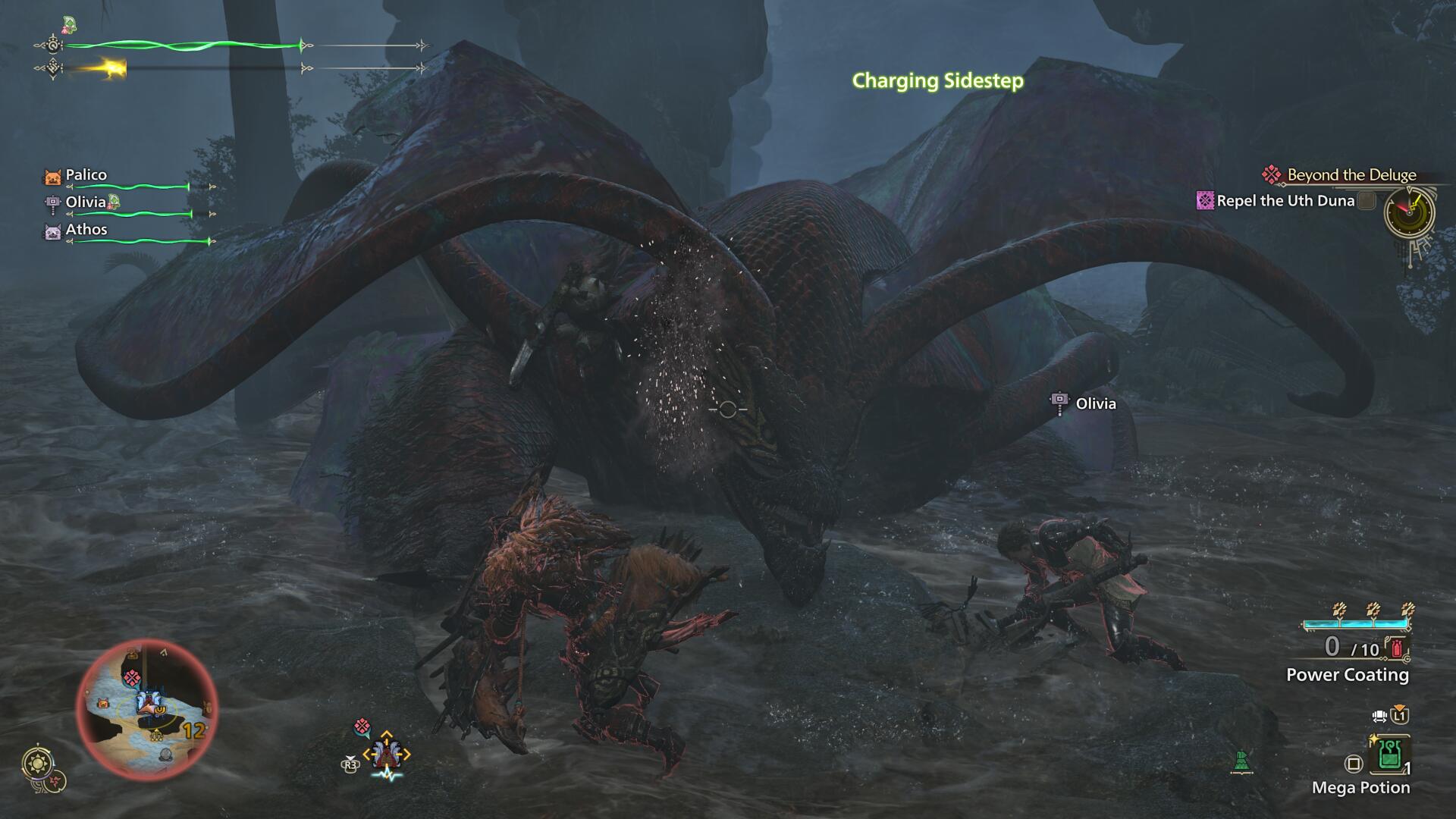
Monster Hunter Wilds is the culmination of a long, storied legacy. Whether it's some of the earliest online gaming the PS2 offered or wireless handheld multiplayer, Monster Hunter's earlier titles were always ahead of the curve. "At the time Monster Hunter was released – we just had our 20th anniversary recently, so it's over 20 years ago now," reflects producer Ryozo Tsujumoto. "There weren't really that many online games like this, in the console space at least, so it was a relatively unique proposition, and I think the infrastructure wasn't really where it needed to be at the time."
To play online on PS2 on a base model, you needed to scoop up a PS2 Network Adapter to slot into the expansion bay, and a good enough internet connection for the era. In addition, publishers themselves would then have to run their own servers, support for which varied between regions (many years later, PlayStation Network and Xbox Live would provide their own glue to bring this together – greatly simplifying the proposition).
"So even if you wanted to play the game, having a sufficient broadband connection and equipment to connect your console to the internet was not necessarily a given back then for most consumers," says Tsujimoto. "In the meantime, while the infrastructure and the world caught up with our vision of playing the game online together on consoles, [we moved] to a portable approach" – a tactic he calls "bring your own network".
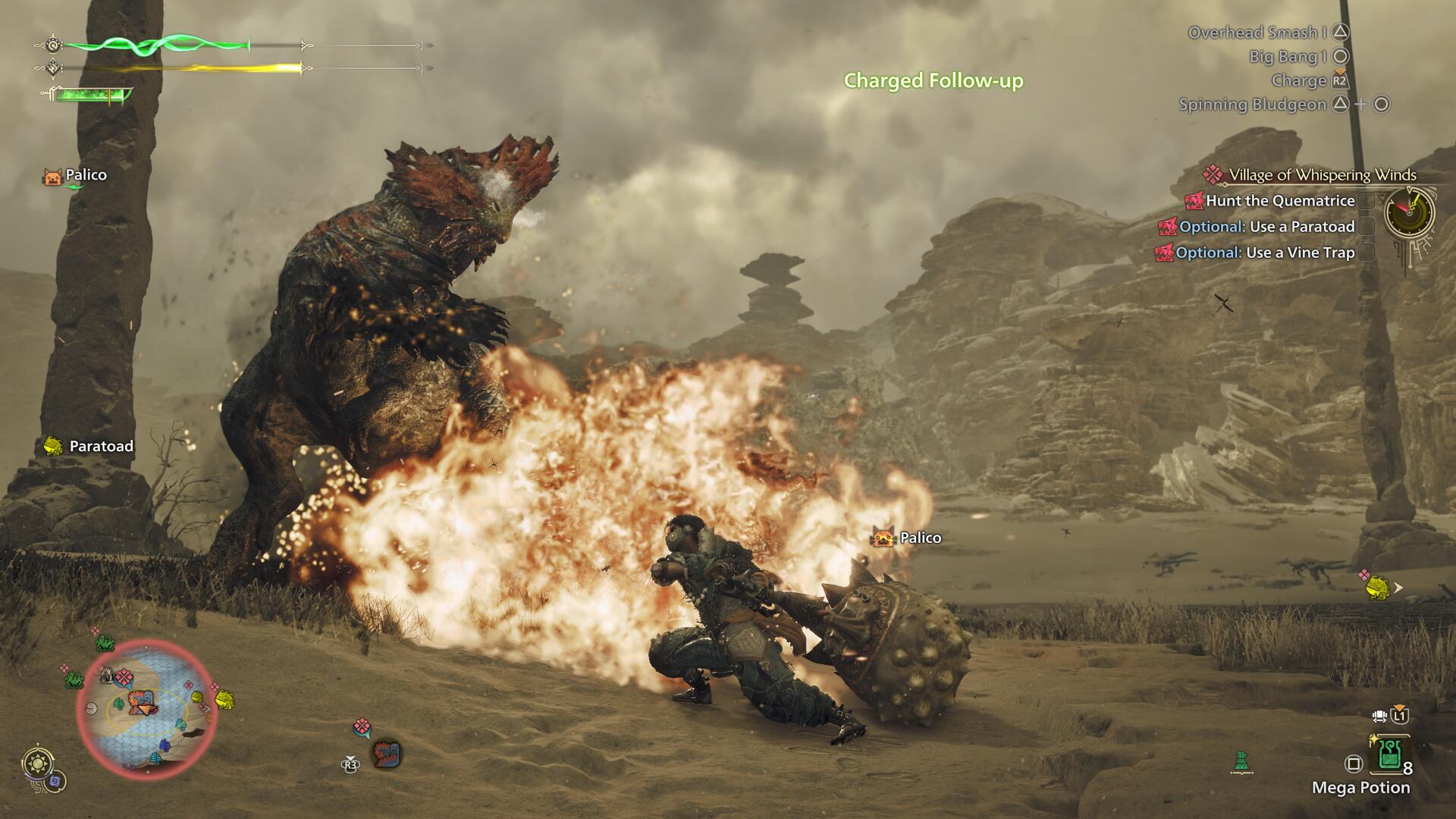
"It kind of helped us deal with that lack of infrastructure, and in the meantime infrastructure caught up," Tsujimoto continues. "The work we did on making the game work on portables with local networks really benefited the design of subsequent online games. So it definitely wasn't a diversion. It was more like just a realistic approach to catering to the needs of players given the limits of infrastructure at any given time."
Making sure Capcom is in tune with what players want, and how they expect to be able to connect, has been core to ensuring Monster Hunter remains enduring, and has helped inform Monster Hunter Wilds' goal of releasing globally across all platforms, while supporting crossplay between all of them. Essentially, removing barriers. "We worked very hard to achieve that this time around," says Tsujimoto, acknowledging that PC is a growing platform worldwide, including in Japan. "That means the choice is yours on which platform you want to play with, and then [you can just] go online and hunt with your friends."
Sign up to the GamesRadar+ Newsletter
Weekly digests, tales from the communities you love, and more
Monster Hunter can be a complicated series with plenty of depth, but its values are as clear as day. I ask what, across the years, best defines a Monster Hunter. "It's an obvious answer given the series name," says Tokuda, "but I think hunting monsters, particularly large monsters, cooperatively with other players in an action context, is something that, if we ever compromise on any of those aspects, it's not really what we think of as a the core DNA of Monster Hunter anymore." Now, with Monster Hunter Wilds making it easier than ever for players to connect and slay those monsters together, no matter how they choose to game, that DNA is stronger than ever.
Want to jump in and can't wait? With so many games in the series, where should you begin? Perhaps our best Monster Hunter games list could be of assistance.

Games Editor Oscar Taylor-Kent brings his Official PlayStation Magazine and PLAY knowledge to continue to revel in all things capital 'G' games. A noted PS Vita apologist, he's always got his fingers on many buttons, having also written for Edge, PC Gamer, SFX, Official Xbox Magazine, Kotaku, Waypoint, GamesMaster, PCGamesN, and Xbox, to name a few.
When not knee deep in character action games, he loves to get lost in an epic story across RPGs and visual novels. Recent favourites? Elden Ring: Shadow Of The Erdtree, 1000xResist, and Metaphor: ReFantazio! Rarely focused entirely on the new, the call to return to retro is constant, whether that's a quick evening speed through Sonic 3 & Knuckles or yet another Jakathon through Naughty Dog's PS2 masterpieces.
